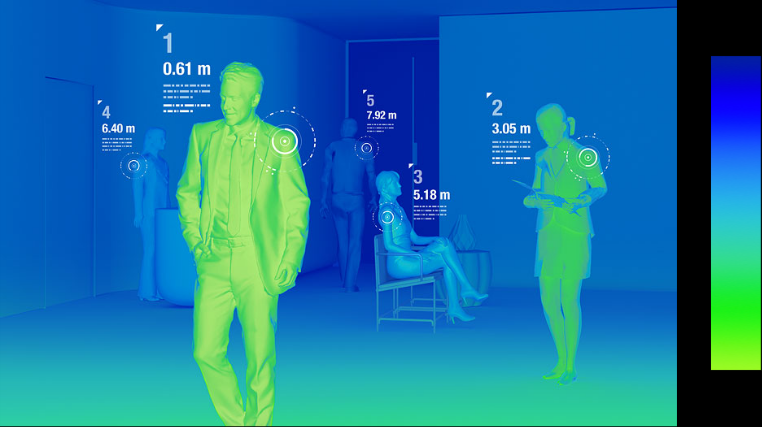TOF Troubles
This omission led some to believe that Samsung had abandon TOF technology, either for performance or cost issues, however Apple’s (AAPL) use of the technology in the iPhone 12 those questions began to dissipate. However Samsung did not use TOF in any of the three flagship Galaxy S21 line (January 2021) the controversy began again, with the speculation that Samsung will not use the technology for the next generation of Galaxy smartphones, the S22 line due out next February.
In understanding the circumstances around Samsung’s previous decision it is important to understand that there is a difference between ‘types’ of TOF sensors, each with different characteristics, which we believe has more to do with Samsung’s decisions about TOF than the technology itself. In the table below we have mapped out a simple comparison of the characteristics of the two types of TOF sensors currently being used. From a technical standpoint, range is important, but accuracy and cost of production are more so. There are two primary suppliers of TOF modules, an affiliate of Samsung and Sony (SNE), and as noted, Samsung produces the indirect version (measures distance using reflected ‘phase’ information), while Sony produces the direct version (measures distance by calculating the time it takes for the actual reflected signal to return).
As Apple settled on Sony’s solution, it became obvious to Samsung that if it were to continue to directly compete with Apple (Galaxy S Series vs. iPhone series), lower cost was less of an advantage than accuracy, especially accuracy over a greater distance. In order to change the characteristics of the Galaxy line, Samsung had the choice of buying TOF modules from its biggest competitor or abandoning the technology. We expect that Sony would be less inclined to sell to Samsung, preferring customers that it can retain, and Samsung would likely be low on the preferred customer list, leaving them open to potential delivery shortfalls, so the issue has been moot for some time.
That said, Samsung has released its own TOF sensor, the Vizion 33D (March 2021) which we believe retains the indirect technology, but is said (by Samsung) to capture more phase information, making it comparable to the Sony direct TOF product. If this is so, the logic would be that Samsung would promote its own TOF device in its premier smartphone lines, so recent speculation that TOF will again be excluded from the S22 is questionable, especially this far from production. That said, one limiting factor is production capability, which could have been a factor in the decision not to use TOF in the Galaxy S21, as the S21 has seen very strong sales relative to the Galaxy S20, but we expect Samsung LSI will have ramped up production by the 4th quarter of this year to a point where there should be little potential for capacity issues.
That leaves marketing, and while we expect Samsung LSI is certainly hoping to sell the new TOF to parent Samsung Electronics, it will also try to garner outside customers, who might need some reassurance that the largest smartphone brand worldwide would be using such a device in its most visible line. As we have seen before, Samsung Electronics does not always look kindly on its affiliates products, as indicated by its early reticence to adopt Samsung Display’s (pvt) QD/OLED displays, but without at least some ‘cred’ from Samsung Electronics in upcoming models, it will be hard for Samsung LSI to justify continued TOF product development.


 RSS Feed
RSS Feed